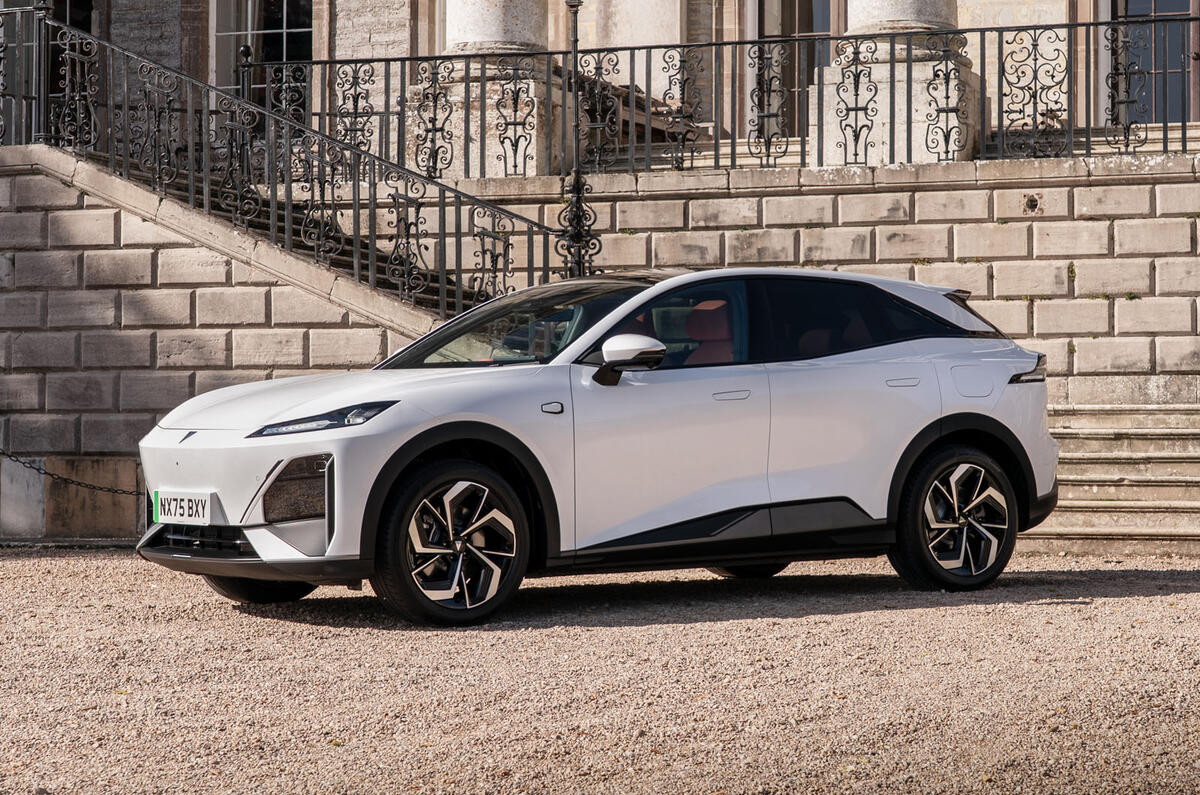Not one but two new Chinese car brands will be launched in the UK this month: Chery and Changan. After rapid improvements in design, engineering, technology and branding by Chinese car companies, now comes the scale of their market-readiness.
Chery and Changan have created not just cars but fully fledged car companies too. Both have built large physical dealer networks; set up parts supply chains and warehouses; and worked closely with CAP on residual values and with Thatcham on ensuring cars are easy to repair and therefore cheaper to insure.
For Nic Thomas, UK boss of Changan, the risk is simply “what did I forget?”, given the level of preparation that has gone into Changan’s UK launch.
At the start of 2024, it was just him “doing everything from negotiating with the chairman of a very large European car company to changing the soap in the toilets”. Little over 18 months later, Changan is ready to go, starting with the launch of its £40,000 Deepal S07 electric SUV in 20 dealers.
Thomas told me: “You’re not part of a massive machine that is a legacy European car company that you can’t turn. You’re working at ‘China speed’.”
Gary Lan is Chery’s UK CEO and highlights that being a subsidiary of the mothership in China rather than a distributor gives it a key advantage in reacting to market demands and making better cars.
He cites the example of the imminent reengineering and relaunch of Chery-brand Omoda’s 5 in the UK after just a year on sale. “We can improve our products quickly,” he said.
Thomas has his own experience of that: “I’ve worked around the world – in Japan, in the US. I’ve never seen product development capability on this scale before.”
Changan can go from sketch to car on the road in two years. In terms of improvements, its team of 100 engineers in Birmingham completely redesigned and redeveloped the suspension of the S07 from its Chinese spec to make it UK-friendly in just three months.
“If that was a legacy company, in three years there would be a mid-cycle action and then you can do some new suspension,” said Thomas.
“The challenge is for the established companies [to compete with Chinese brands, not vice versa]. They haven’t got the product portfolio and speed of product development you see in China.”
Thomas recalls being at the Shanghai show this year and bumping into former colleagues excited about launching a new car. He thought to himself: “That’s great… We’ve just launched five. And we’ve got five more coming. Look at the pricing we can deliver because of the economies of scale. That’s the challenge to those car companies. It’s not about Chinese brands fighting each other: it’s how the market opens up.”










Add your comment